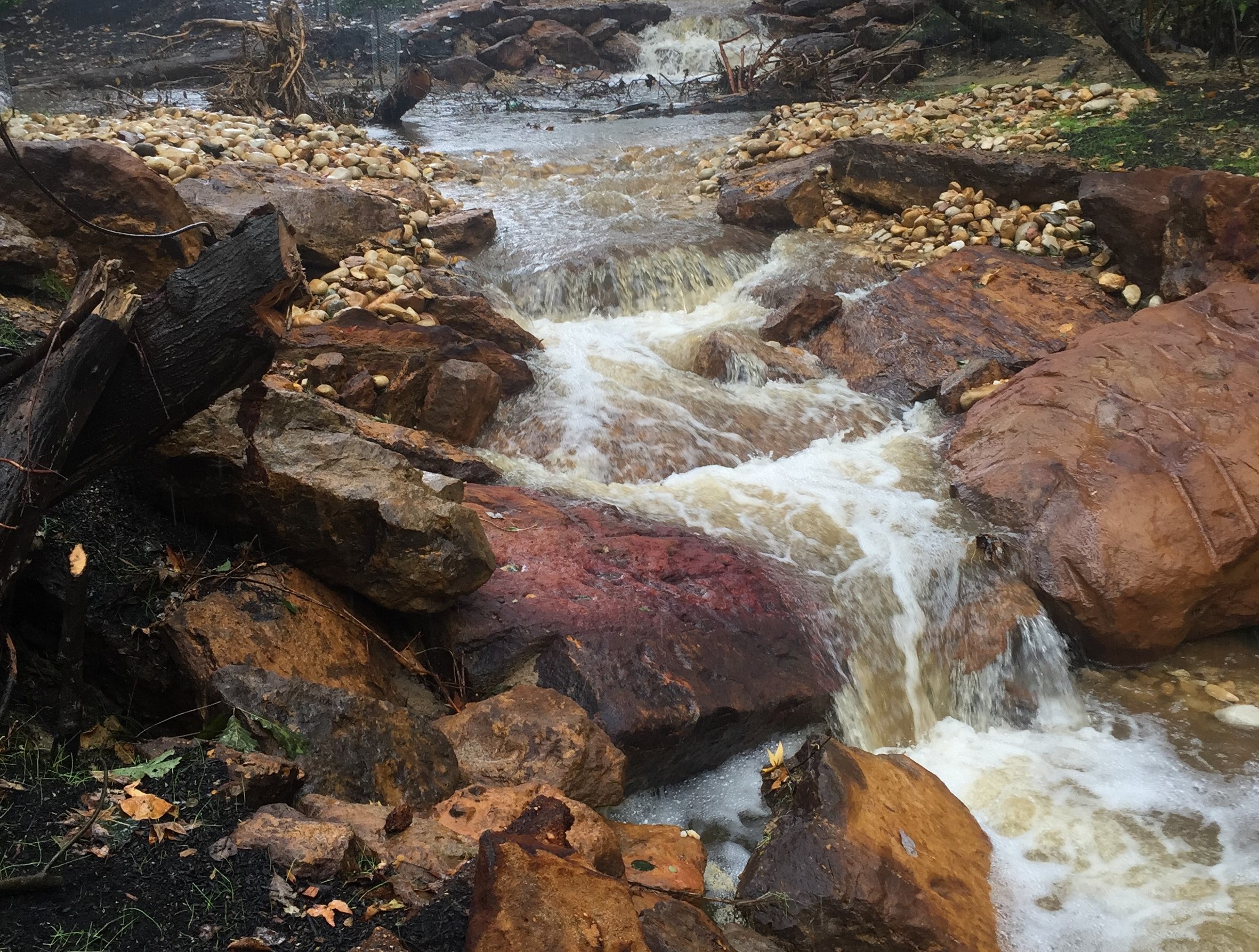Bacon Ridge Stream Restoration
Project Location: Annapolis, MD
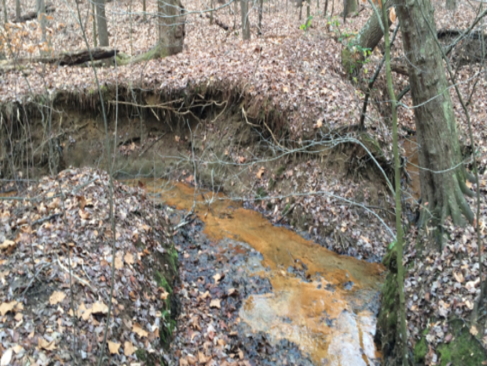
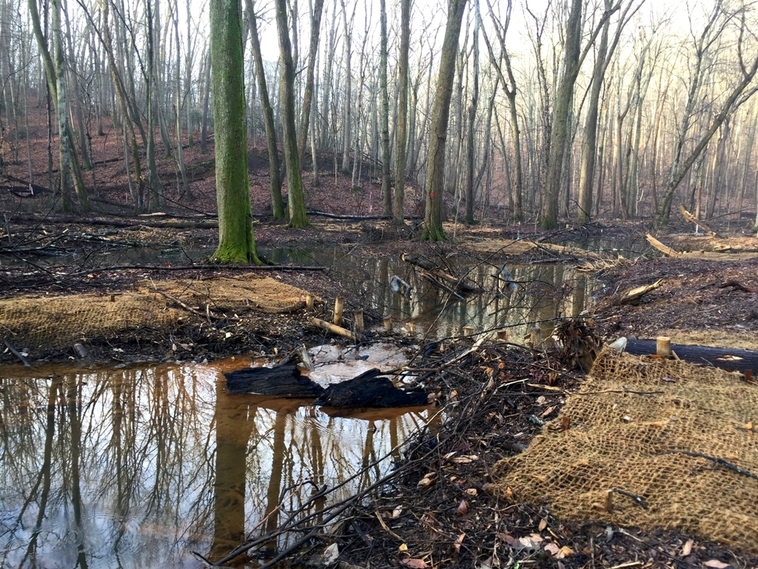
Project Location: Annapolis, MD


This report reviews expert panel research on the impact of stream restoration projects in reducing the delivery of sediments and nutrients to the Chesapeake Bay. Their recommendations include four general protocols defining the pollutant load reductions associated with individual stream restoration projects and examples for project implementation.
Project location: Manheim, PA
Problem: A highly incised stream caused flooding in Logan Park and adjacent community during significant storm events. This created a hazard to residents as well as a shortage of athletic field space due to frequently flooded soccer fields. In addition, polluted overflow created erosion and pollution to Rife Run, a tributary to Chiques Creek.
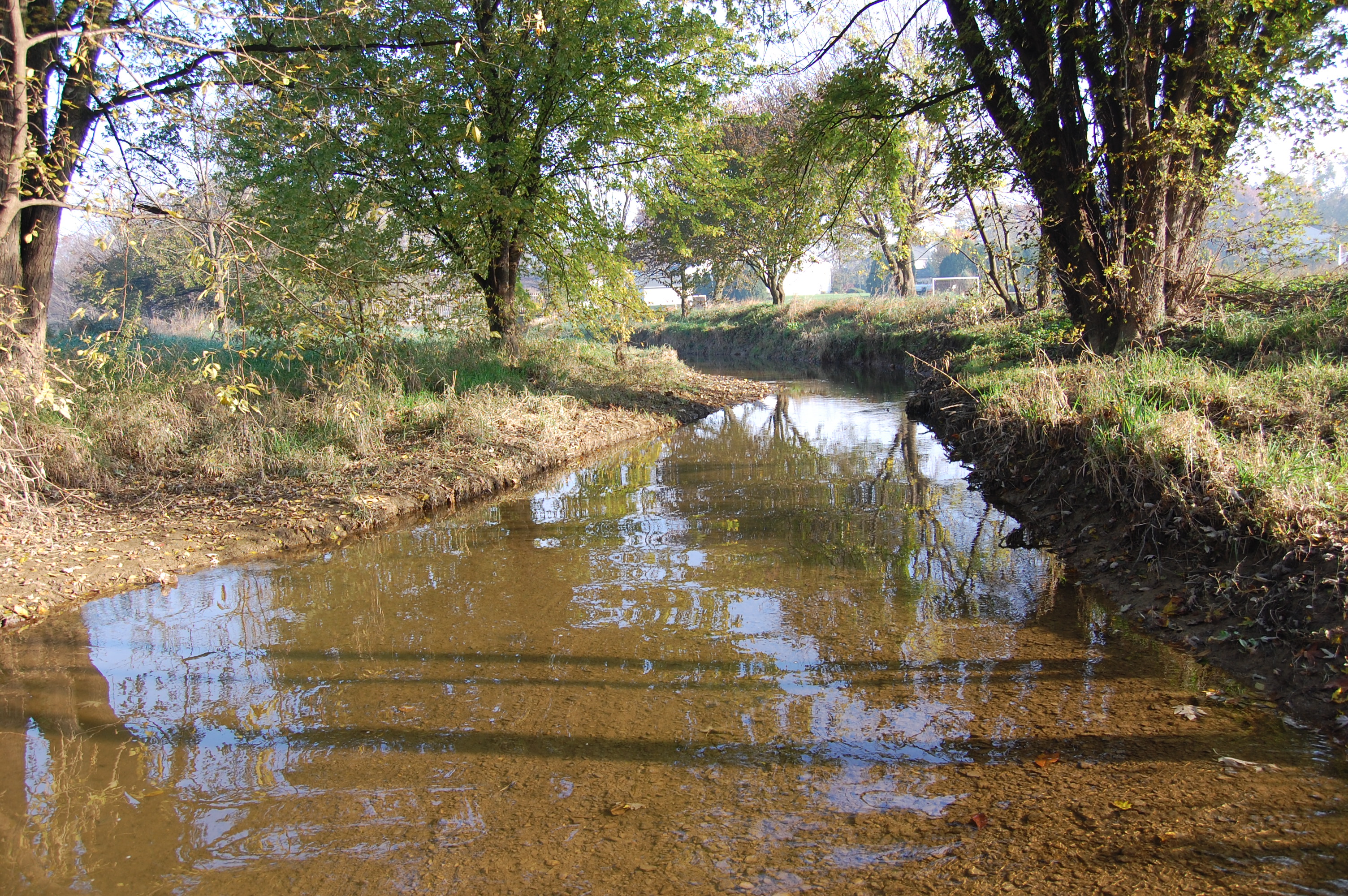
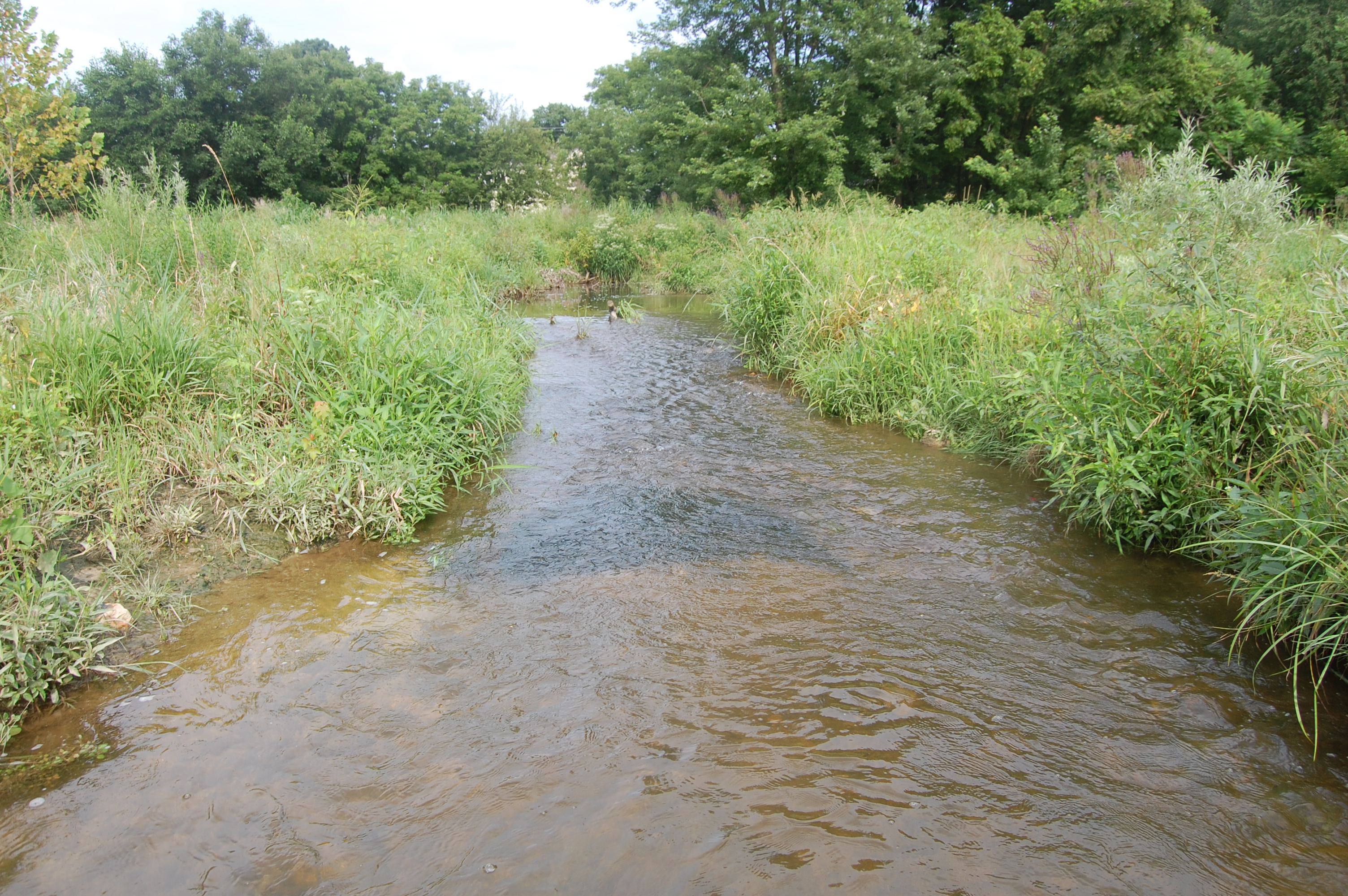
New techniques have been pioneered in the Chesapeake Bay watershed to restore urban streams using diverse approaches such as natural channel design, regenerative stream channel, and removal of legacy sediments. While each approach is different, they all seek to restore the function of the stream channel by preventing sediment from bank erosion, promoting in stream denitrification, and increasing interaction with the floodplain. The Chesapeake Stormwater Network provides a variety of resources on urban stream restoration.
New techniques have been pioneered in the Chesapeake Bay watershed to restore urban streams using diverse approaches such as natural channel design, regenerative stream channel, and removal of legacy sediments. While each approach is different, they all seek to restore the function of the stream channel by preventing sediment from bank erosion, promoting in stream denitrification, and increasing interaction with the floodplain. The Chesapeake Stormwater Network provides a variety of resources on urban stream restoration.
New techniques have been pioneered in the Chesapeake Bay watershed to restore urban streams using diverse approaches such as natural channel design, regenerative stream channel, and removal of legacy sediments. While each approach is different, they all seek to restore the function of the stream channel by preventing sediment from bank erosion, promoting in stream denitrification, and increasing interaction with the floodplain. The Chesapeake Stormwater Network provides a variety of resources on urban stream restoration.
Project location: Silver Spring, MD
Problem: The eastern portion of Batchellors Run, a tributary of the Anacostia River, was showing signs of significant degradation, with its streambanks destabilized and eroding.
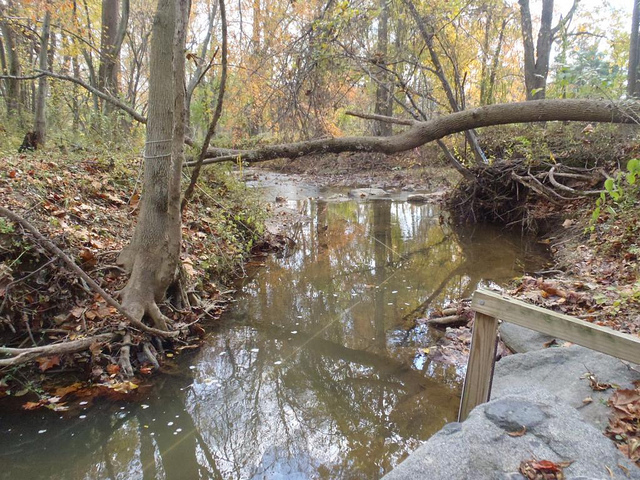
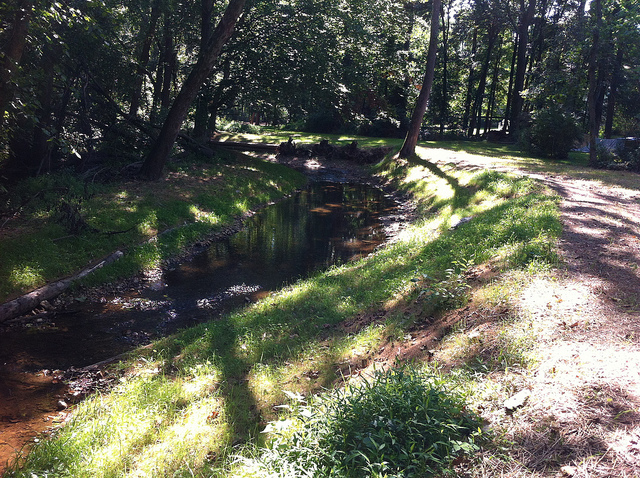
Project location: Silver Spring, MD
Problem: Breewood Stream receives most of its flow from four storm drains that convey stormwater runoff from surrounding neighborhoods. Flowing unmitigated into the creek, stormwater was eroding the streambanks and carrying pollutants such as pesticides and fertilizers. In addition, Breewood Stream suffered from exposed sewer lines and fish passage blockages along its length.
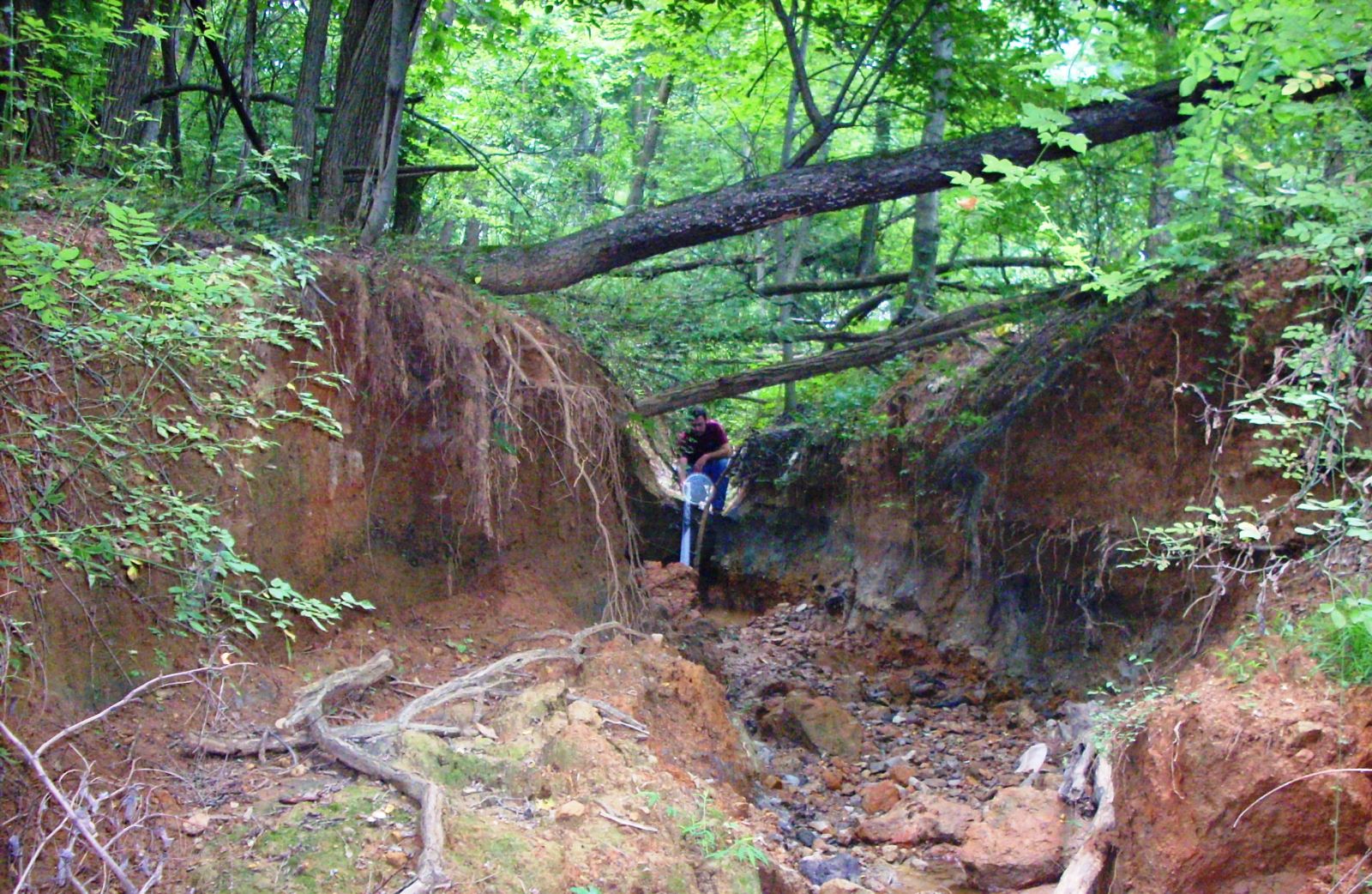

Project location: Colesville, MD
Problem: Portions of Hollywood Branch, a tributary of the Anacostia River, were becoming severely eroded from stormwater during rain events, creating unsafe and unsightly conditions in addition to damaging water quality in the stream.

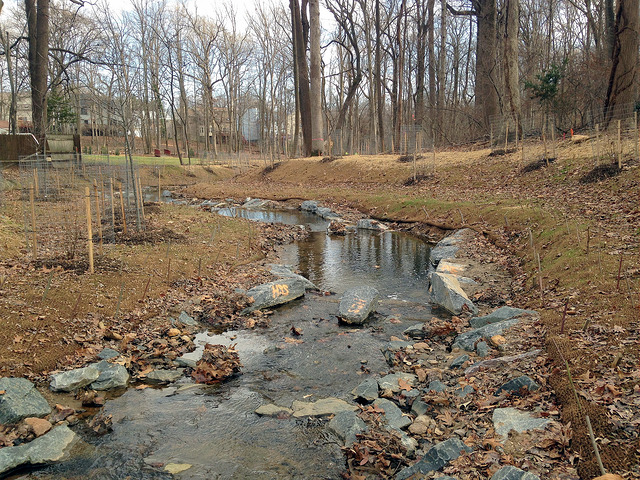
Project Location: Riverdale Park, MD
Problem: Riverdale Park is a densely-populated community in Prince George’s County with a high level of impervious cover. Stormwater runoff from the community had severely eroded the stream channel of Brier’s Mill Run, a tributary of the Anacostia River. In addition, stormwater carried silt, trash and pollutants to the creek and created unsightly and unsafe conditions at the community’s middle school, where a majority of students are minority and low-income.
